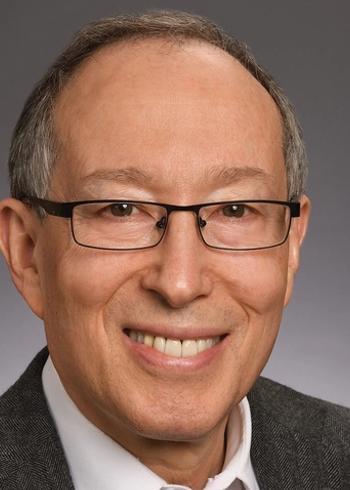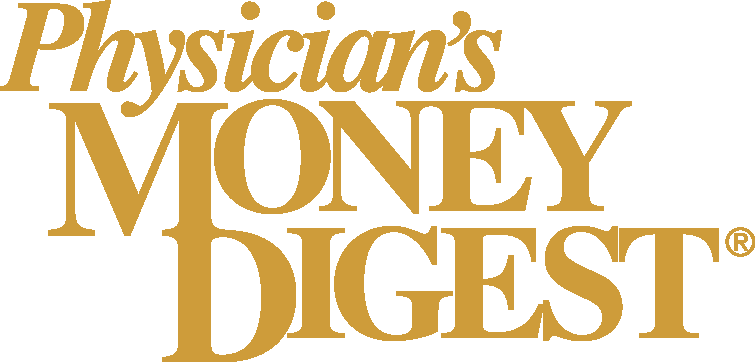
Medicine is unprepared for the coming silver tsunami
Key Takeaways
- The US population is aging rapidly, with seniors projected to grow by 47% in 25 years, surpassing the number of children.
- Geriatricians are in short supply, with only 7,400 board-certified specialists, highlighting a significant gap in senior healthcare expertise.
The aging population demands urgent geriatric training in primary care to address complex health needs and improve senior healthcare outcomes.
The US population is older today than it has ever been, but our medical system remains frustratingly untrained and unprepared for the surge of seniors.
One in six Americans is over the age of 65, and the silver tsunami of aging boomers hasn’t even crested yet – the number of seniors is projected to grow
Despite the rapidly aging population, the number of geriatricians has plummeted by
At this point the shortage of geriatric expertise is not an accident – it’s the way our system is designed. Only 10% of medical schools require a rotation in geriatric care, compared to 96% that require training in pediatrics, according to a John A. Hartford Foundation
With the age of the population going up – and the number of geriatricians going down – the American Geriatrics Society projects the US will be short about
This is a significant public health problem. People who are in the sunset of life face far more complex issues than people at the dawn of life, and truthfully, that sunset is a very expensive one for all the taxpayers who fund Medicare.
Why do we need more geriatric training? For starters, adults 65 years old and up spend an average of three weeks every year on doctor’s appointments and other health care outside their homes,
All that time is typically spent with a parade of different doctors. About 30% of people on Medicare see
For seniors, the result is medical care that is disjointed, confusing, and sometimes in conflict.Today four of every 10 older adults take
A large and unwieldy prescription list is what happens when the cardiologist does not talk with the neurologist who does not talk with the urologist who does not talk with the oncologist who does not talk with the orthopedist.
The job of the geriatrician is to enter this medical Tower of Babel and make sense of all the crosstalk and cross-purposes. Why is this person on so many drugs? Do some meds interact in unanticipated ways with other meds? Is this pharmacological brew stripping away the senior’s ability to coherently tell their own story?
While other specialists may look at a senior through a tunnel-vision of individual maladies, the geriatrician is trained to look at the whole person. This includes understanding all their competing illnesses and asking the most important questions of all: What do you, the senior, want from all this? What does a good day look like to you? What do you want to achieve this week, or this month, or in the remaining time you have with friends and loved ones?
At this point, instead of trying to boost the number of geriatricians, the more practical solutions may be to increase the amount of geriatric training required for all medical students and residents, and during the recertification of emergency and primary care physicians. The reality is that most doctors will end up working with older adults at some point.
Medicine may be a calling, but it’s a business, too. Our customer base will continue to grow older, on average, every year for decades to come. We owe it to our profession, and the people we serve, to change and adapt to provide the best service possible.
Nick Schneeman, MD, is chief medical officer at
Newsletter
Stay informed and empowered with Medical Economics enewsletter, delivering expert insights, financial strategies, practice management tips and technology trends — tailored for today’s physicians.














